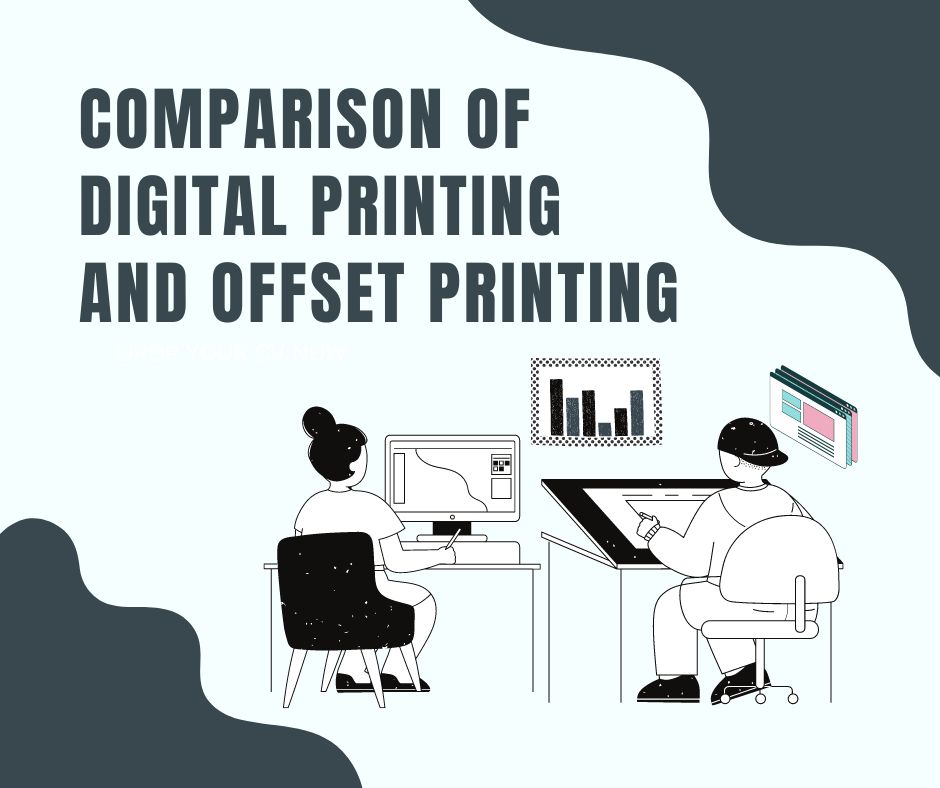Digital printing and offset printing are two of the methods that have been used for printing books. But what exactly sets these two apart?
Digital Printing
The term “copying” is now rarely used to describe digital printing. Most modern digital printing is done without ever touching an original hard copy. When there are many originals, digital printing is the most cost-effective method for producing limited editions. The quality of digital printing now rivals that of offset printing. Even though digital printing is perfect for the vast majority of stocks now, offset printing is still necessary for some jobs and some types of paper. Digital printing can also be used for stocks and purposes where it outperforms offset printing.
Offset Printing
Using printing plates and wet ink, this method—also known as traditional offset printing—is executed on a printing press. It takes a little longer to print using this method because more time is needed for setup, and the printed item needs to dry before it can be finished. At the same time, offset printing has a long tradition of producing high-quality prints on a wide variety of substrates and granting a high level of color management. In addition, offset printing is the cheapest way to reproduce multiple copies from a single master.
Comparison of Digital and Offset Printing
In offset printing, an image is transferred from metal plates to a rubber “blanket.” It is rolled onto a piece of paper next. One meaning of the word “offset” is that the ink does not immediately transfer from the printing press to the paper. Offset printing is best for mass production because once the press is ready to go, it can crank out copies quickly. It also manages to print with accurate colors and a professional sheen.
Digital printing, in contrast to offset printing, does not rely on plates but rather on toner or larger printers that use liquid ink. When only a few of something need to be printed, like 20 greeting cards or 100 flyers, digital printing shines. One benefit of digital printing is its adaptability to variable data. Only digital solutions are available when each item needs a unique code, name, or address. To fulfill this requirement, offset printing is inadequate. Study the various digital printing options and their features.
For smaller print runs (less than 500), digital printing is preferable to offset printing’s high quality.




